Sidney Janis: Born July 8, 1896 Buffalo, New York Died November 23, 1989 (aged 93) New York City
Nationality American
Occupation Art dealer, writer Years active 1948–1986
Organization The Sidney Janis Gallery
Spouse(s) Harriet (Hansi) Grossman Children Carroll (son), Conrad Janis (son), Robin (daughter)
Relatives Carolyn Raport (sister), Martin Janis (brother)
Sidney Janis (July 8, 1896 – November 23, 1989) was a wealthy clothing manufacturer and art collector who opened an art gallery in New York in 1948. His gallery quickly gained prominence, for he not only exhibited the work of most of the emerging leaders of Abstract Expressionism, but also that of such important European artists as Pierre Bonnard, Paul Klee, Joan Miró, and Piet Mondrian. As the critic Clement Greenberg explained in a 1958 tribute to the dealer, Janis' exhibition practices had helped to establish the legitimacy of the Americans, for his policy "not only implied, it declared, that Jackson Pollock, Willem de Kooning, Franz Kline, Phillip Guston, Mark Rothko, and Robert Motherwell were to be judged by the same standards as Matisse and Picasso, without condescension, without making allowances." Greenberg observed that in the late 1940s "the real issue was whether ambitious artists could live in this country by what they did ambitiously. Sidney Janis helped as much as anyone to see that it was decided affirmatively."
Early life
Sidney Janis was born in 1896 in Buffalo, New York, one of five children of a traveling salesman. A talented ballroom dancer, he left public high school in his senior year to travel on the eastern vaudeville circuit. Janis joined the Naval Reserve in 1917 and took courses to complete his high school diploma. After his discharge, he returned to Buffalo to work with an older brother who had a chain of shoe stores. On his frequent trips to New York, he met, courted, and in 1925 married Harriet Grossman, a writer passionate about music and the visual arts. Sidney and Harriet Janis visited as many art shows as they could. Sidney later maintained that visual experience was more important than schooling in developing an understanding and appreciation of art and the artist.
Collecting
In the mid-1920s, Sidney Janis opened his own shirt company, M'Lord. Its signature item—a two-pocket, short-sleeved shirt that he designed—proved to be very popular. As the business grew and prospered, so did the Janises' passion for collecting art. The couple made annual trips to Paris, where they met Mondrian, Picasso, Léger, Brâncuși, and other masters. By the early 1930s, they had acquired a number of major works by Picasso, Matisse, De Chirico, Dalí, Mondrian, and the self-taught master Henri Rousseau. In New York, Sidney and Harriet Janis became good friends with Arshile Gorky, Frederick Kiesler, and Marcel Duchamp, all of whom often visited their apartment.
Career in art
In 1934, Janis was invited to join the Advisory Board of the Museum of Modern Art. The following year, nineteen paintings from his private collection were shown at MoMA, and in 1936 they were exhibited at the Brooklyn Museum. In 1939, as Chairman of MoMA's Art Committee, Janis helped arrange the loan of Picasso's Guernica to New York for the benefit of Spanish Refugee Relief. Sidney Janis closed the shirt business to devote his time to writing on art in 1939. He collaborated with his wife Harriet on books such as Abstract and Surrealist Art in America in which he explores the burgeoning styles of art rarely before discussed in America. The work exhibits a wide array of artists who were successful in conveying the surrealist and abstract styles such as Georgia O'Keeffe, Arthur B. Carles, Man Ray, Leon Kelly, Mark Rothko, and Ray Eames.
The Sidney Janis Gallery
Then, in 1948, when Janis was 52 years old, he and Harriet opened the Sidney Janis Gallery which was located at 15 E. 57th Street in Manhattan sharing the fourth floor with the Betty Parsons Gallery. The gallery soon acquired a strong reputation by mounting scholarly, curated exhibitions of Léger, Mondrian, the Fauves, the Futurists, and de Stijl artists. In the 1950s, the gallery became a powerhouse of contemporary avant-garde art. In 1952, Janis gave Jackson Pollock the first of three solo shows. Also in this decade, the gallery represented Arshile Gorky, Willem de Kooning, Franz Kline, Mark Rothko, Robert Motherwell, Phillip Guston, Adolph Gottlieb, William Baziotes, and Josef Albers. In addition to his promotion of the Abstract Expressionists, Janis become the first blue chip gallery to show Pop art. In the fall of 1962 he organized the groundbreaking exhibition, the International Exhibition of the New Realists, a survey of contemporary Pop art and the seemingly related Nouveau Réalisme movement. The exhibition was located in a temporary rented storefront at 19 W. 57th Street. Robert Motherwell, Mark Rothko, Phillip Guston and Adolph Gottlieb left the gallery as a protest. The Sidney Janis Gallery soon became a leading exhibitor and dealer in Pop art, representing Claes Oldenburg, Jim Dine, Tom Wesselmann, George Segal, Öyvind Fahlström, and Marisol.
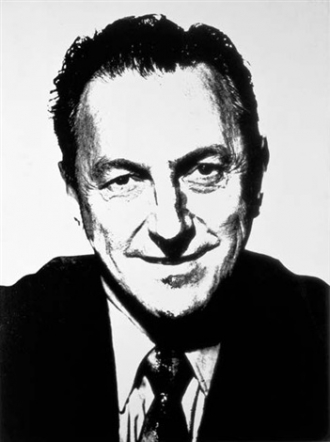
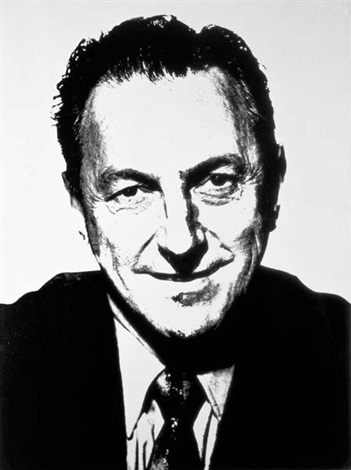
 Amanda S. Stevenson
Amanda S. Stevenson 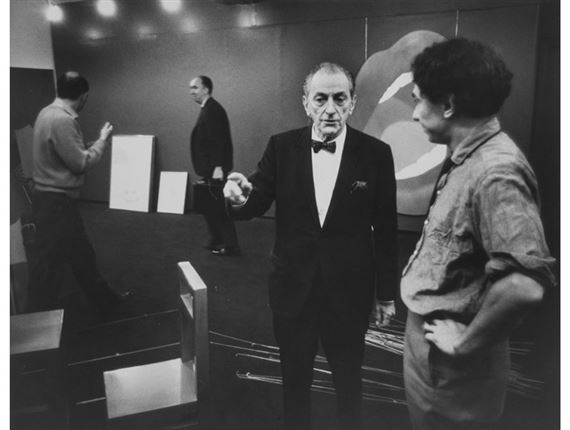
 Amanda S. Stevenson
Amanda S. Stevenson 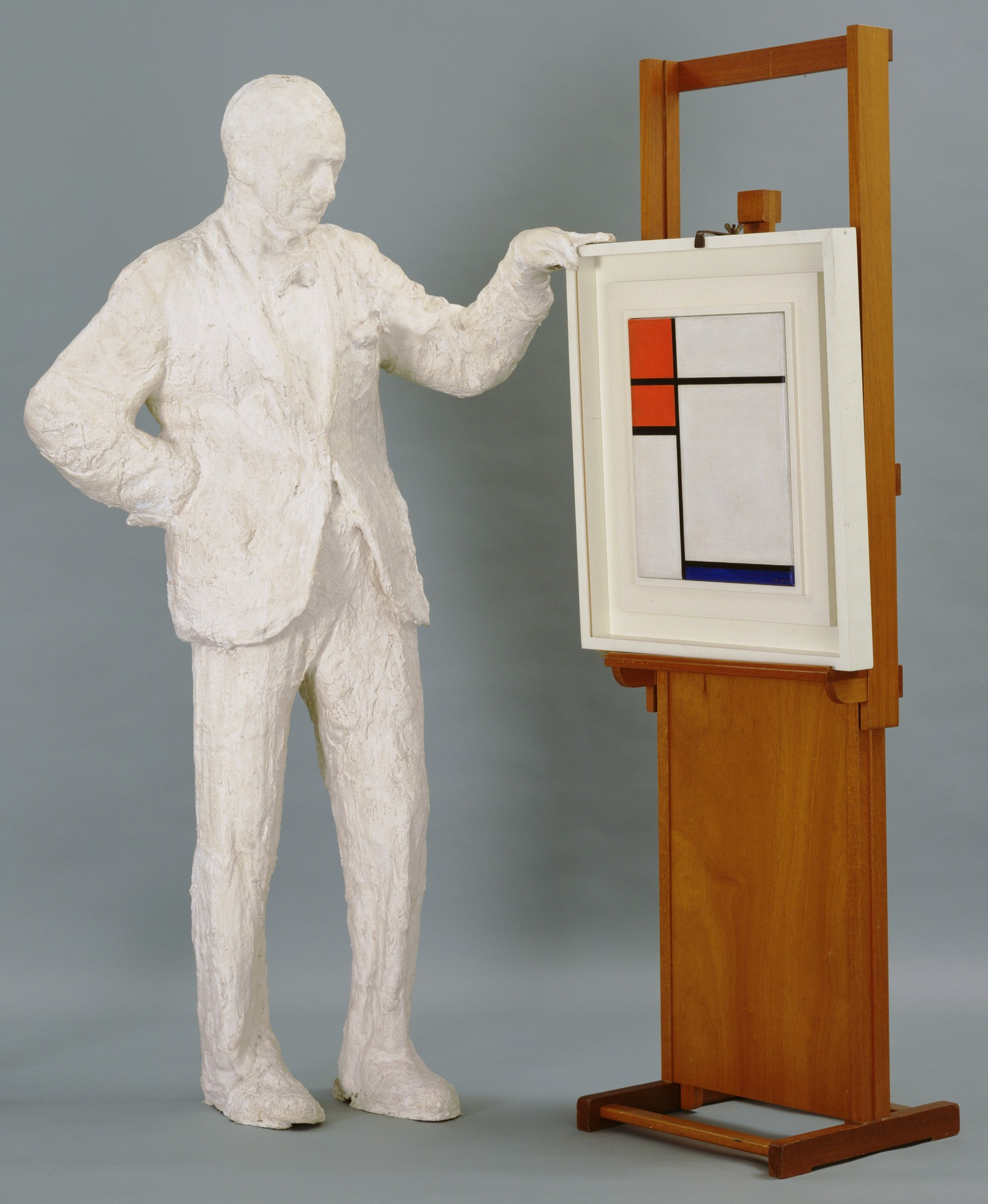
 Amanda S. Stevenson
Amanda S. Stevenson 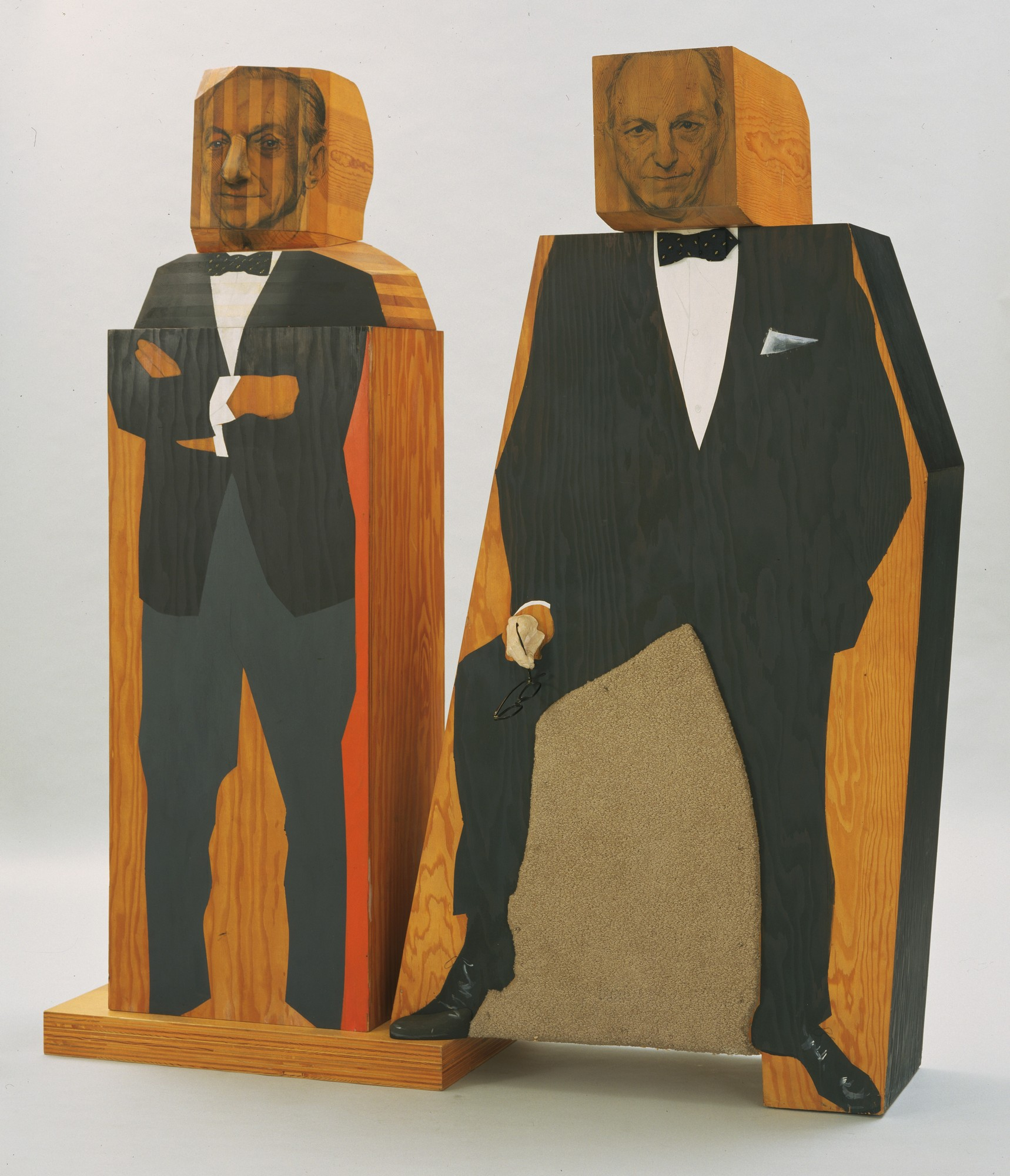
 Amanda S. Stevenson
Amanda S. Stevenson 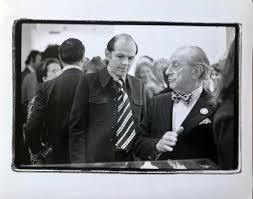
 Amanda S. Stevenson
Amanda S. Stevenson 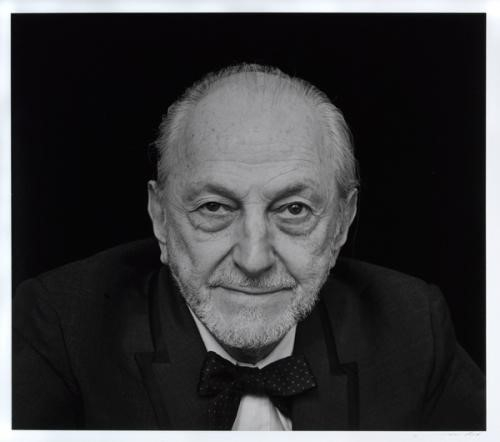
 Amanda S. Stevenson
Amanda S. Stevenson 
